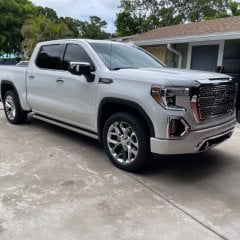Six speed trans life expectancy
-
Similar Content
-
6L90 TCC failure at 50,000 miles. First one failed at 25,000.
By s10dragracer888,
- torque converter
- 6l90
- (and 8 more)
- 0 replies
- 548 views
-
- 10 replies
- 1,744 views
-
- 5 replies
- 1,644 views
-
- 3 replies
- 2,985 views
-
- 4 replies
- 2,187 views
-
-
Recently Browsing 0 members
- No registered users viewing this page.
-
Forum Statistics
246k
Total Topics2.6m
Total Posts -
Member Statistics
-
Who's Online 28 Members, 0 Anonymous, 1,860 Guests (See full list)




















Recommended Posts
Join the conversation
You can post now and register later. If you have an account, sign in now to post with your account.